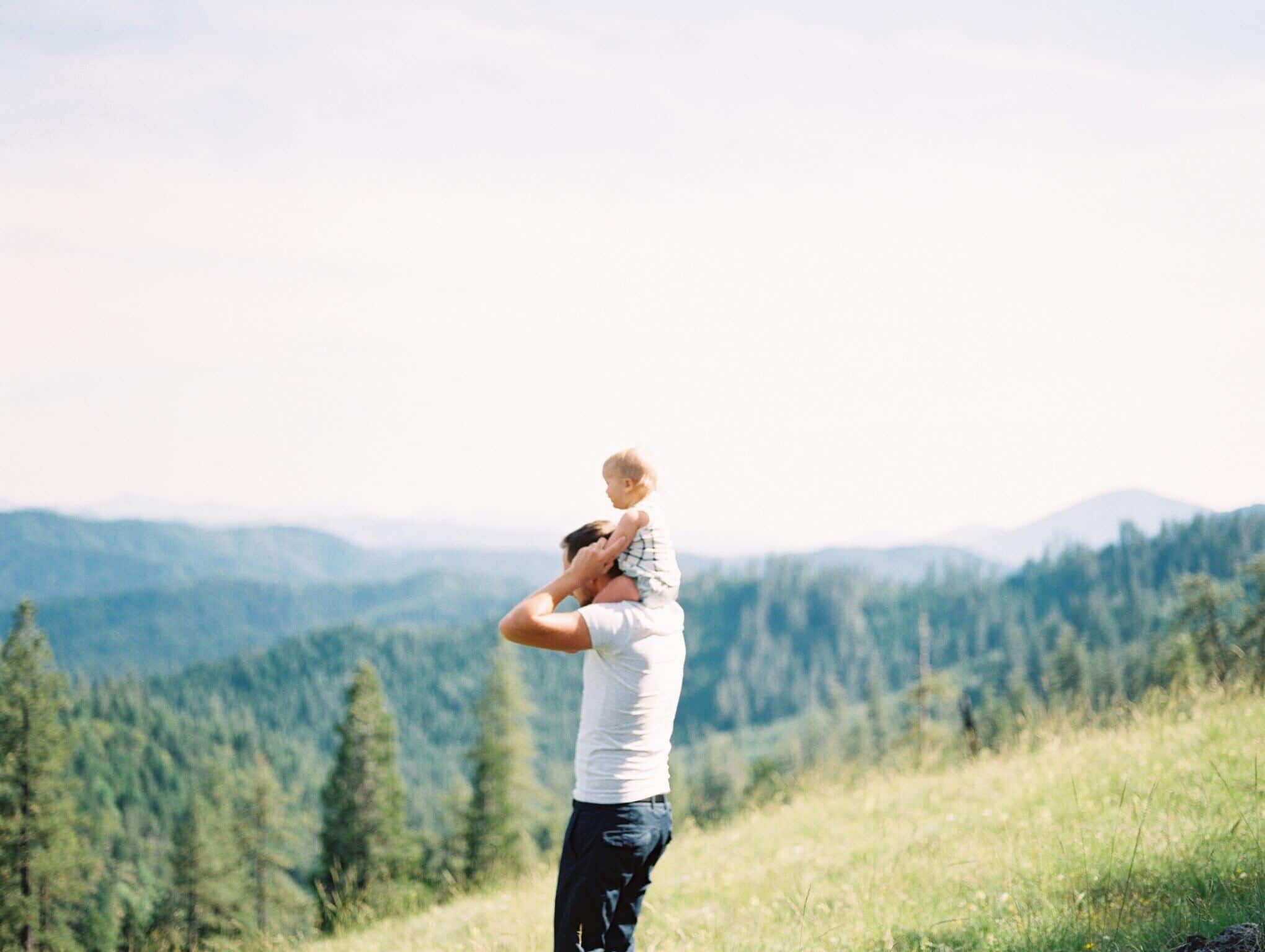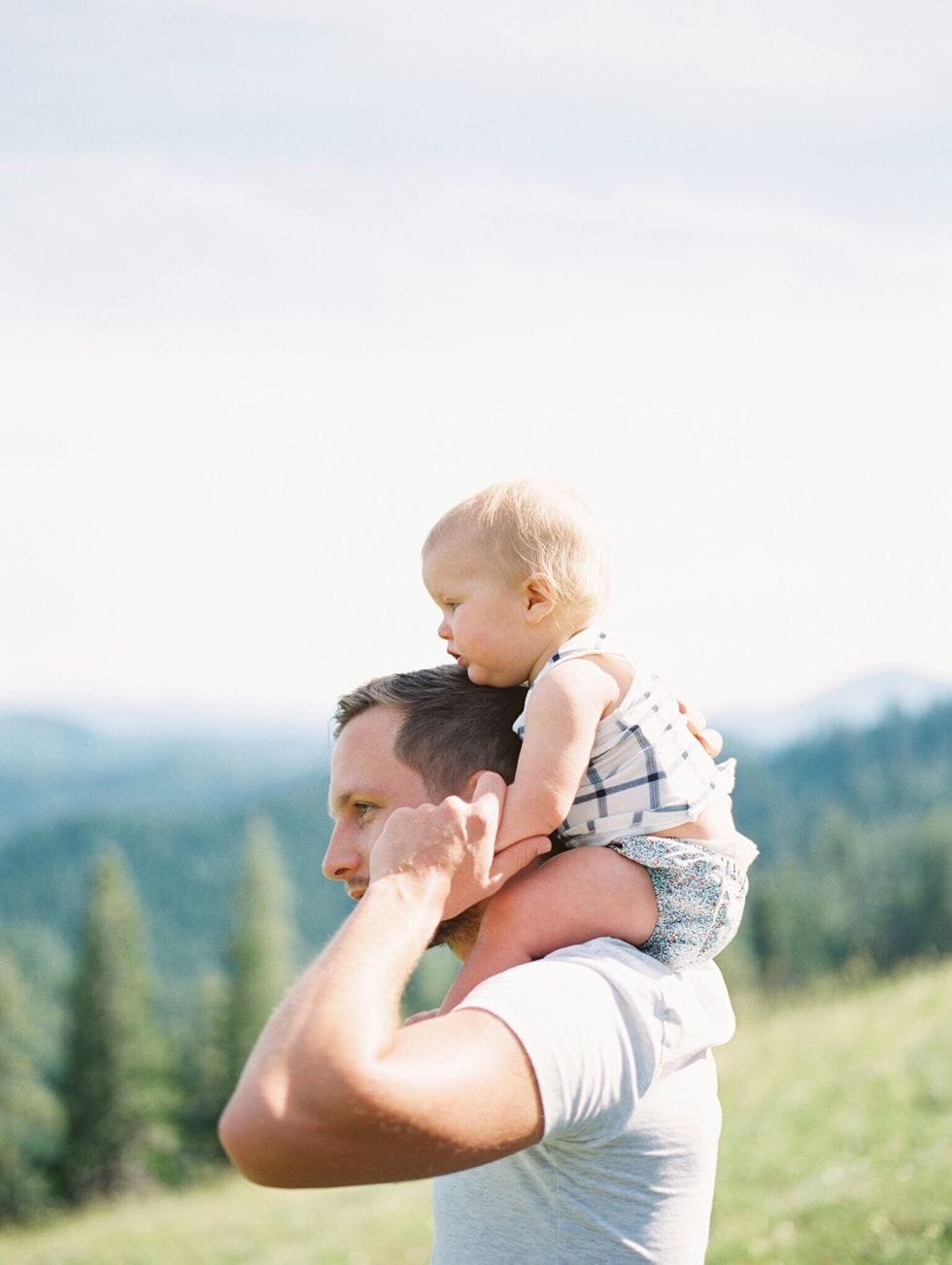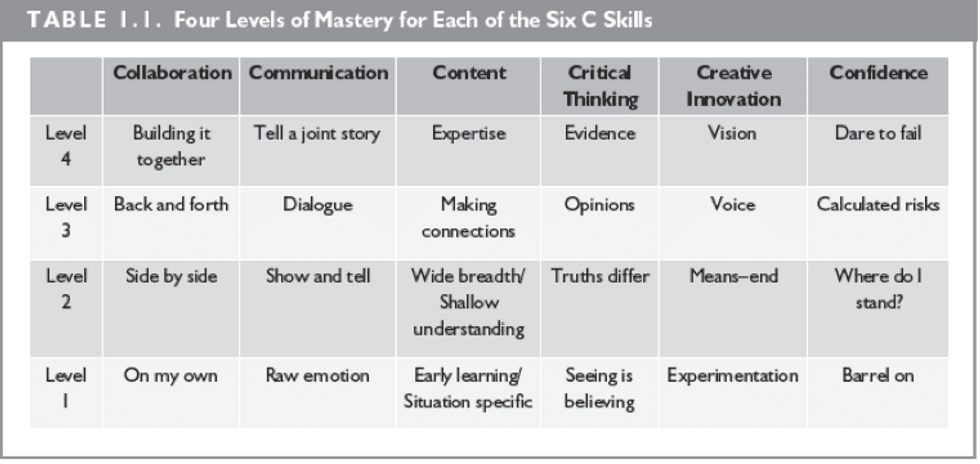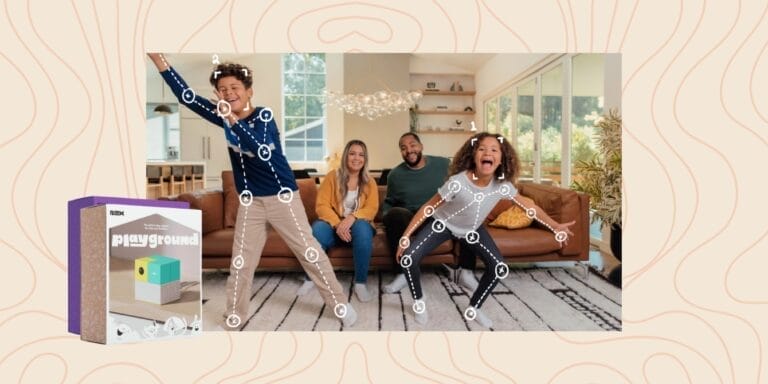Becoming brilliant: The 6 essential skills children need to become successful adults

4. Critical thinking. Yes, even a toddler can rock this skill, mama.
In the 1890s, William James of Harvard, the father of modern-day psychology, claimed that babies experience a world of “blooming, buzzing confusion.” The narrative was not much different in 1946 when the famous pediatrician Dr. Benjamin Spock thought that there was little going on in the mind of a young baby.
Boy, have things changed.
In the last 40 years, we have discovered that babies are expert pattern-seekers who are making real sense out of the sounds they hear and the sights they see. Babies—even two-day-olds—seem quite aware that a mother’s voice is different from a stranger’s and can even tell when they are hearing a language that is not like their own.
They are aware that objects cannot magically pierce a table but will stop falling when they hit something solid.
And by the beginning of the first year, they not only produce their first words, but they are starting to understand that objects like tables don’t move on their own. They already sense that Harry Potter’s world is impossible and people don’t just fly through walls or enter stations at platform 9 and 3/4.
Our babies and toddlers watch us, watch the world, and are learning constantly.
Our new book, Becoming Brilliant: What Science Tells us About Raising Successful Children, celebrates what babies and toddlers learn and uses this as a basis to rethink what it means to be successful in a 21st Century global world.
It also gives us a chance to arrange our homes, communities, and classrooms in ways that will build these skills for success.
What have the babies and toddlers taught us? That the skills for success rest in what we call the 6Cs–a suite of skills born from a multitude of studies in the science of learning.
Collaboration is the first “C” because forming relationships with others, working in teams, and being part of a community is a key foundation for all learning that will follow.
When we roll a ball back and forth on the floor (even if your 14-month-old seems to roll that ball backwards), you are building collaboration. When you open your arms for a hug, read a book together, or clap hands to play patty-cake, you are collaborating.
And when together you navigate how to get the food from plate into mouth (instead of from table to floor), you are helping your child learn to control the impulse to just smoosh that food or to create a hamburger rain shower.
Communication is built on collaboration. After all, you have to have someone to talk to if you are going to communicate.
And communication includes everything from making your wants known (pointing, jumping, or using your words) to listening when others are talking (a rare event in toddlerhood).
It includes mastering a language with rich vocabulary (whassat?) or even two languages with rich vocabularies.

Content is key and is built from collaboration and communication. Children do learn better when they read a book with a nurturing adult as part of a bedtime routine.
And they learn from popular and friendly “parasocial” characters which is why 3-year-olds learn to count from the Sesame Street’s character The Count.
But learning about stuff is not all there is—our babies and toddlers are natural explorers who also need to learn how to focus their attention and to flexibly move from one activity to another.
These are called executive function skills and babies and toddlers learn these when they sit quietly concentrating on a book or when they focus while building a high tower of blocks. Even learning how to work with an adult while stirring the brownie mix is teaching attention and learning to learn skills.
Critical thinking is the way that we sift through mountains of content. And yes, even our toddlers can do a bit of critical thinking.
We can ask, do you want to drink your milk in a cup or on a plate? Picking a plate would be pretty inefficient if you are really thirsty. And our children know that.
Creative innovation happens when children start to put things together in new ways to make a toy out of blocks or cardboard, or use a plastic bowl as a hat.
And we can help them see the world in new ways by playing out these unusual scenarios. To a 14-month-old, using that bowl as a hat can be pretty hilarious!
Confidence is something we must help our children learn. When they approach the stairs, do we teach them never to go near the stairs, or to turn around backwards and to make sure they are with an adult.
Do we want them to color carefully, or are they allowed to make a bit of a mess as they explore how to use a crayon? Those scribbles that have thick continuous lines are showing us a child who has the persistence or grit to keep going after the first marks get on the page.
The table below shows us that these skills are as relevant to our babies and toddlers as they are to us and our colleagues in the workplace. Try it for yourself.

In collaboration, are you a person who likes to do thingstotally by yourself or do you like to build things together? When your toddler is getting dressed, do you let the 2.5-year-old work with you to get those pants on or do you just take over?
And how about in critical thinking—do you weigh the evidence in favor of or against what you think, or are you a “seeing is believing” kind of person?
Knowing our own responses helps us see what we model for our children.
In one classic case in our house, my 3-year-old asked me if all vehicles had wheels. “Well,” I quipped, “not all. Boats don’t have wheels.” He quickly ran upstairs to retrieve a Babar book in which the elephant king gave the monkey Zephir a new boat. And guess what, he was rolling the boat to the lake on wheels. Our kids are pretty smart. ?
We can create environments that foster the 6Cs. The more opportunities our children get to practice these skills, the better they will be in mastering them. Our point in #BecomingBrilliant is that learning happens early and continues until we are at least 99.
It happens in school and out and it is about more than focusing squarely on counting and learning the alphabet.
Happy to say that this kind of learning is everywhere if we just open our eyes and change the lens on what we see.
Bonus: It does not cost anything because we can engage our learning muscles anywhere and at any time. No need to spend money on those “educational toys” (though the box can be fun).
Just see the world a bit through your children’s eyes and talk with them about what you both see.
Let’s build a world worthy of our children and help them grow to be happy, healthy, caring, social, and thinking children today who will be collaborative, creative, critical thinkers, and responsible citizens of tomorrow. Our babies are watching us. We can do this!
This article was co-written by Kathy Hirsh-Pasek and Roberta Michnick Golinkoff.





































